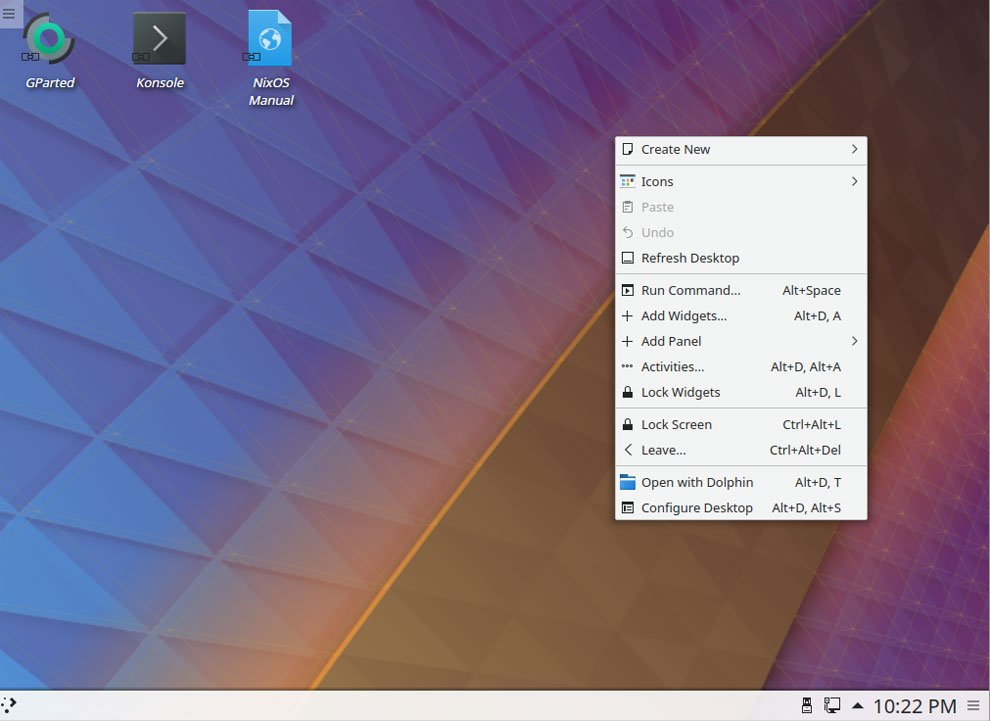
Intel’s Game-Changing Move: Linux Drivers for Xe3 GPUs on the Horizon
Intel has taken a brave leap forward by initiating the development of Linux drivers for its upcoming Xe3 “Celestial” GPU architecture, a move that signals exciting times ahead for Linux enthusiasts and developers alike. With the initial functional enablement code submitted to the Intel Xe Direct Rendering Manager (DRM) driver, Intel is set to enhance compatibility and performance for Linux-based systems—an important stride that promises to benefit a vast user base.
 Intel’s new GPU series will simplify graphics rendering on Linux platforms.
Intel’s new GPU series will simplify graphics rendering on Linux platforms.
This submission builds upon the existing driver framework established with the earlier Xe2 “Battlemage” generation, allowing for continuity and a smoother integration process. This transition aims to maintain harmony between different GPU generations while setting the stage for remarkable performance enhancements.
The Xe3 architecture, which is projected to debut within Intel’s mobile processor lineup, continues to evolve from the Xe2 series. The anticipated Panther Lake processors—successors to the Arrow Lake series—are expected to feature between four to twelve Xe3 cores, carefully tailored according to the desired performance. This scalable core configuration is designed to address varied applications, ranging from high-performance computing tasks to energy-efficient mobile operations.
Significance of the Panther Lake Processors
Intel has also unveiled crucial details about the new graphics platform codename for Panther Lake. A series of new PCI device IDs—namely: 0xB080, 0xB081, 0xB082, 0xB090, 0xB091, 0xB092, 0xB0A0, 0xB0A1, and 0xB0A2—have been revealed. These identifiers play a vital role in hardware recognition and driver compatibility, facilitating seamless system architecture integration. In an era where compatibility issues are commonplace, these advancements are crucial.
Beyond GPU capabilities, Panther Lake processors will leverage Intel’s advanced 18A process node, demonstrating the company’s clear commitment to utilizing cutting-edge manufacturing technologies, which are essential for enhancing both performance and efficiency. With the integrated NPU5 neural processor within Panther Lake, Intel is poised to tackle the demands of artificial intelligence and machine learning workloads more effectively. This move is expected to yield substantial improvements in computational speed and energy efficiency, addressing the rising need for AI-driven applications across diverse sectors.
”The integration of specialized processing units represents a significant step towards meeting the needs of AI-driven applications,” an Intel spokesperson stated, underlining their focus and commitment to innovation.
Looking Ahead: A Timeline for Launch
As we anticipate the launch of Panther Lake processors, Intel has projected a timeline for release between 2025 and 2026. This window provides sufficient time for developers and hardware manufacturers to prepare for the new architecture and drivers, setting the stage for a bright future for Intel’s GPU offerings on Linux systems. As operating systems continue to drive the future of technology, Intel’s advancements promise to bring a host of new possibilities.
In conclusion, Intel’s proactive development of Linux drivers for the Xe3 architecture indicates a promising shift towards greater performance and integration in the graphics domain. This initiative is not just a move to cater to a niche market; it signifies a broader commitment to supporting Linux users and developers, enhancing the versatility and capabilities of their hardware in the process. As we look forward to the official launch and potential impact it will have on the computing landscape, the anticipation continues to build around Intel’s next chapter in GPU innovation.














